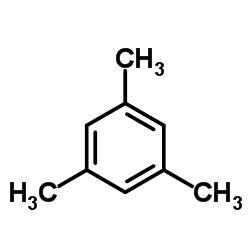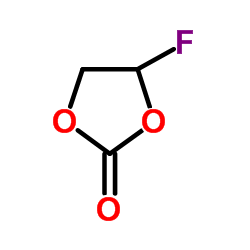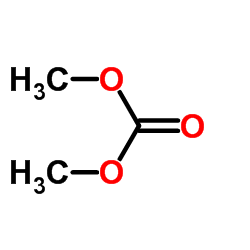| 结构式 | 名称/CAS号 | 全部文献 |
|---|---|---|
 |
硫酸
CAS:7664-93-9 |
|
 |
均三甲苯
CAS:108-67-8 |
|
 |
硅烷偶联剂KH-550
CAS:919-30-2 |
|
 |
氟代碳酸乙烯酯
CAS:114435-02-8 |
|
 |
碳酸二甲酯
CAS:616-38-6 |